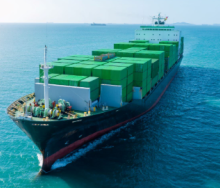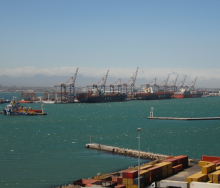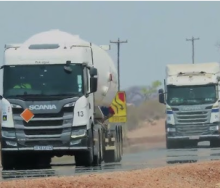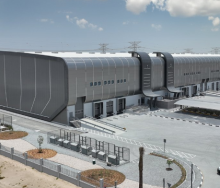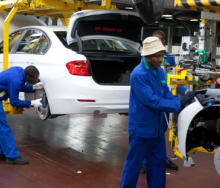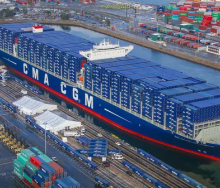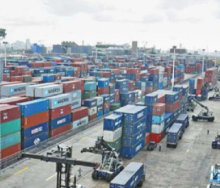North-west Australia’s Port Hedland has ordered all vessels to clear the port and its anchorage as the region prepares for the strongest cyclone forecast to hit the country in decades.
Officials at Hedland, the world’s largest ore port, expect Cyclone Ilsa to hit the port and mining region on Thursday or Friday this week as meteorologists warn that its impact could be devastating.
“A severe impact is likely along the coast and adjacent inland parts between Hedland and Broome, during late Thursday or early Friday,” the government’s official meteorological service warned in a statement.
“During Friday, Ilsa is forecast to maintain tropical intensity as it tracks further inland across the northern interior district.”
According to reports, the cyclone is currently moving in a south-westerly direction just off the coast but is already affecting shipping in the region.
The Bureau of Meteorology’s latest forecast shows the storm will be moving in the same general direction late on Wednesday and early on Thursday when it is expected to turn south and then back to the east.
The Bureau has forecast that by 13 April, it is expected to become a level-four cyclone and move ashore north-east of Port Hedland.
The forecast warns of “very destructive winds” of between 55 and 100 miles per hour as the cyclone arrives at the coast. There are weather warnings for at least 24 hours of gale-force wind for up to 48 hours.
Winds are extending 80 nautical miles (148 km) from the eye of the storm, and ships have been warned to take extreme precautions and report weather conditions at three-hour intervals. The forecast has also warned of abnormally high tides and heavy rainfall.
“Pilbara Ports Authority will start clearing vessels from the Port of Port Hedland inner harbour from 2 am tomorrow (12 April) on high tide,” an alert informed mariners. “All anchorages with the port boundary have been cleared.”
Port Hedland is the world’s largest ore port used by companies like BHP and Fortescue, while Rio Tinto operates from the nearby Port of Dampier. – Source: The Maritime Executive.

